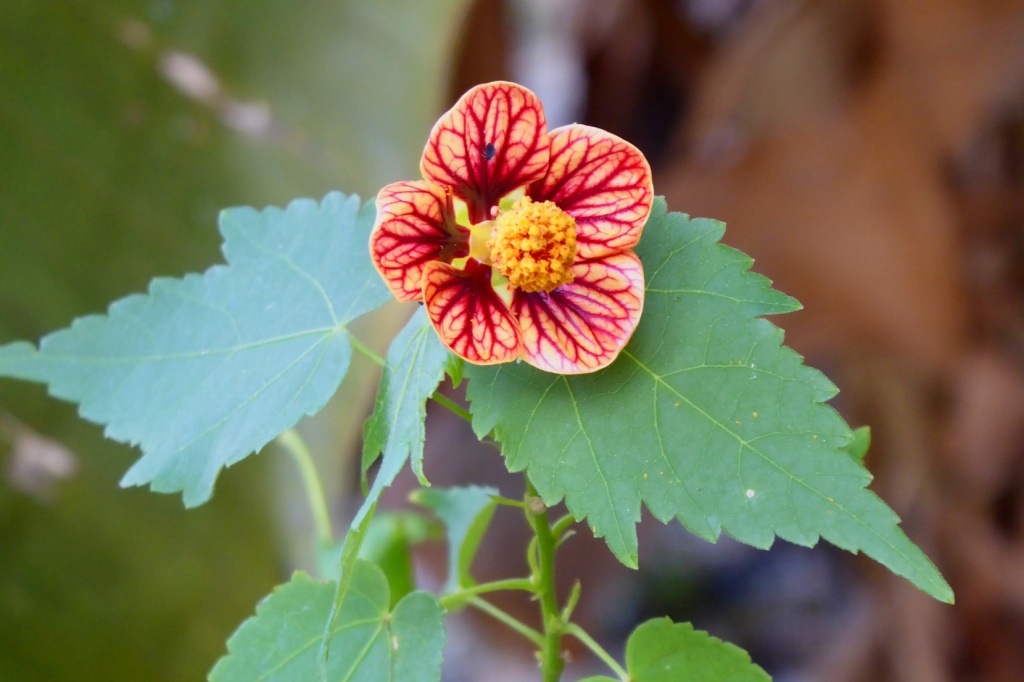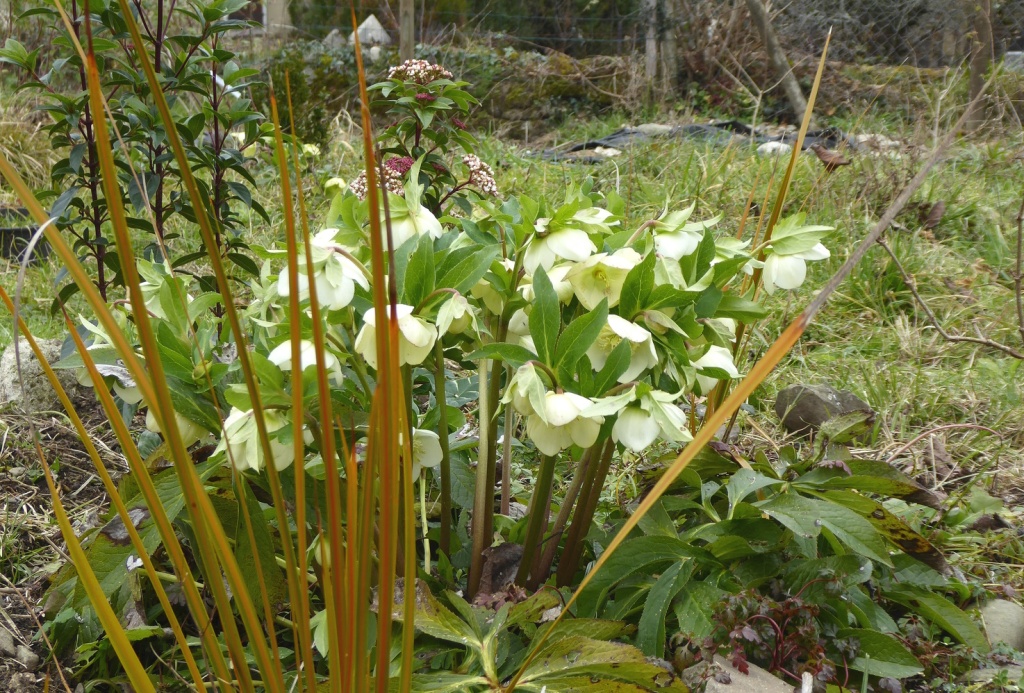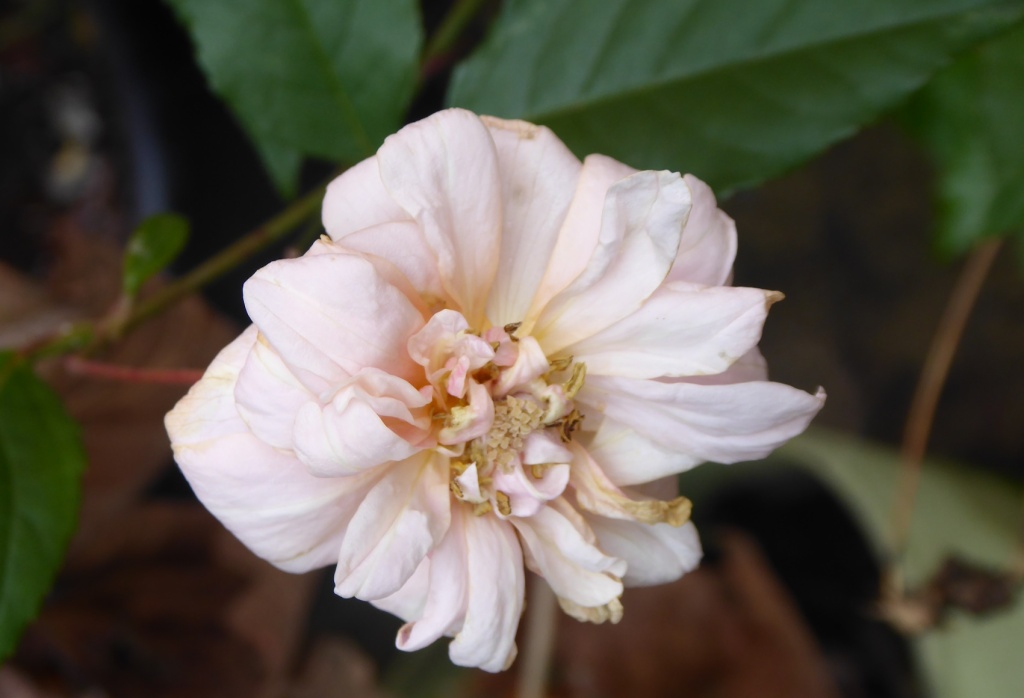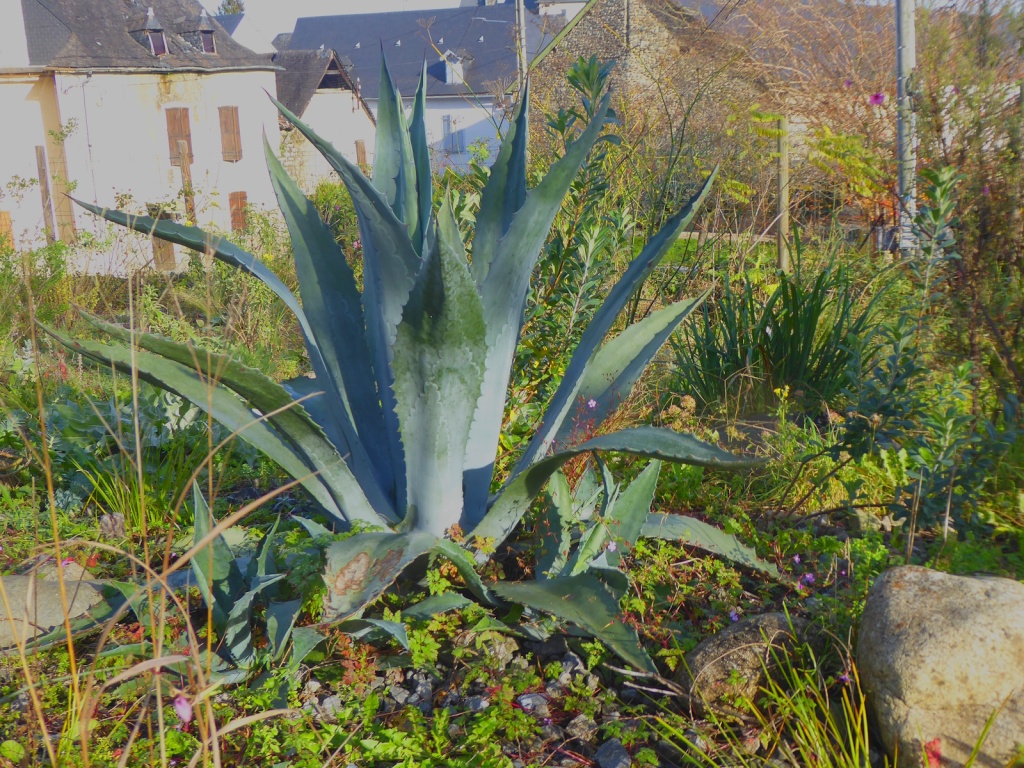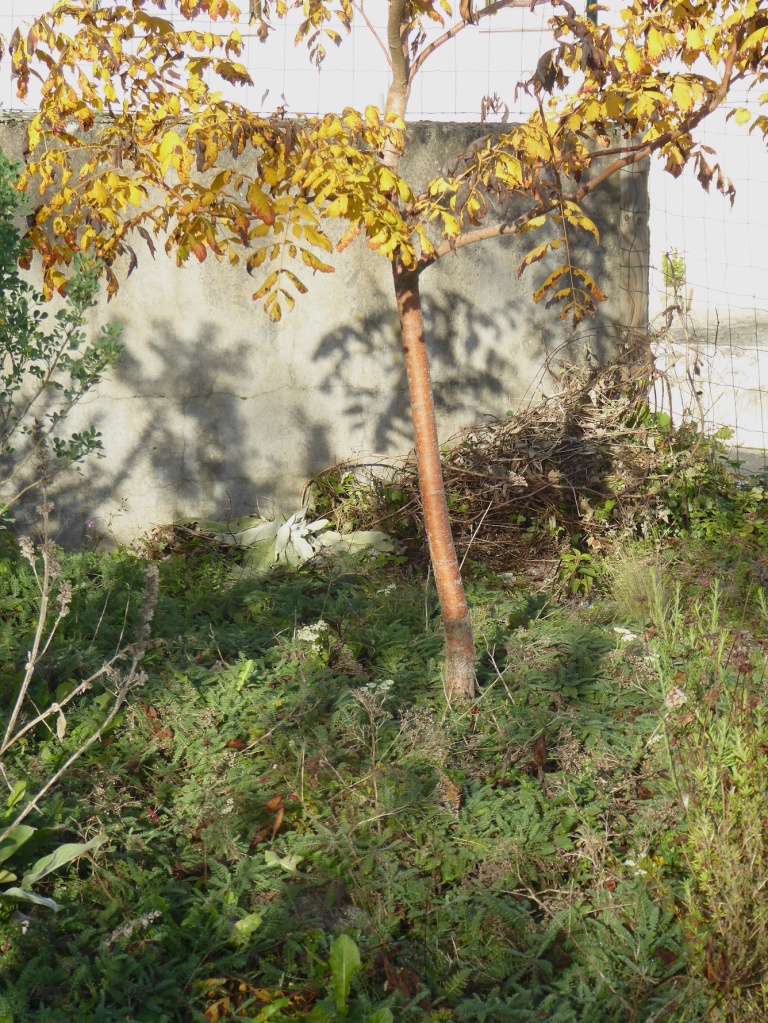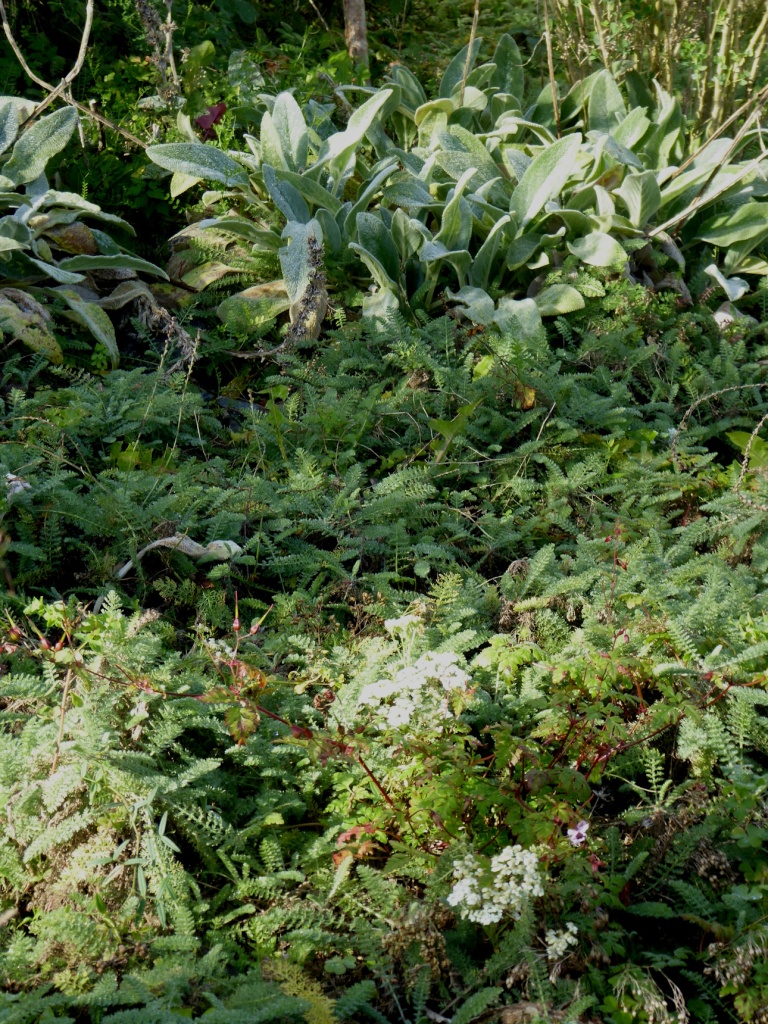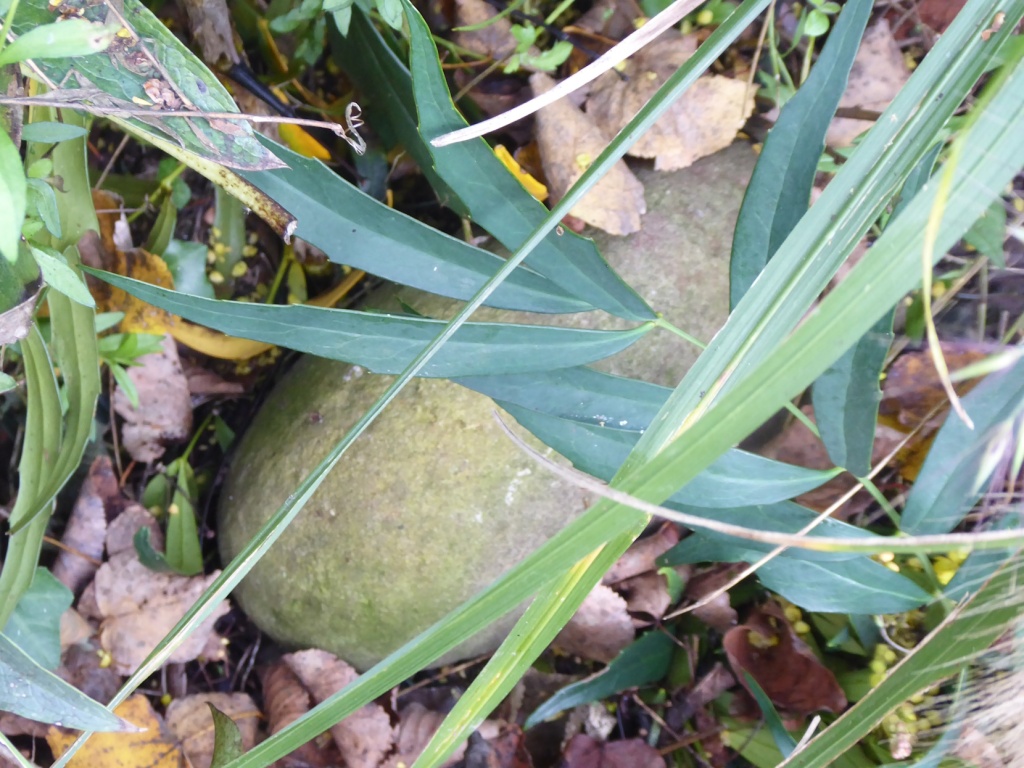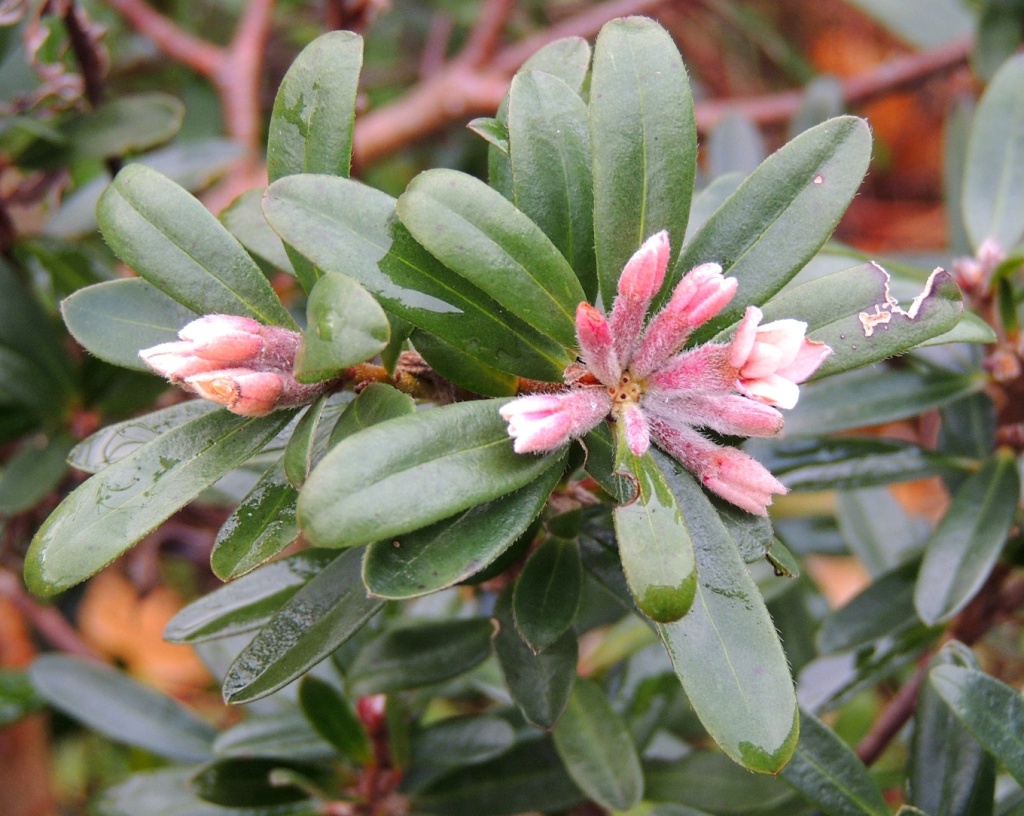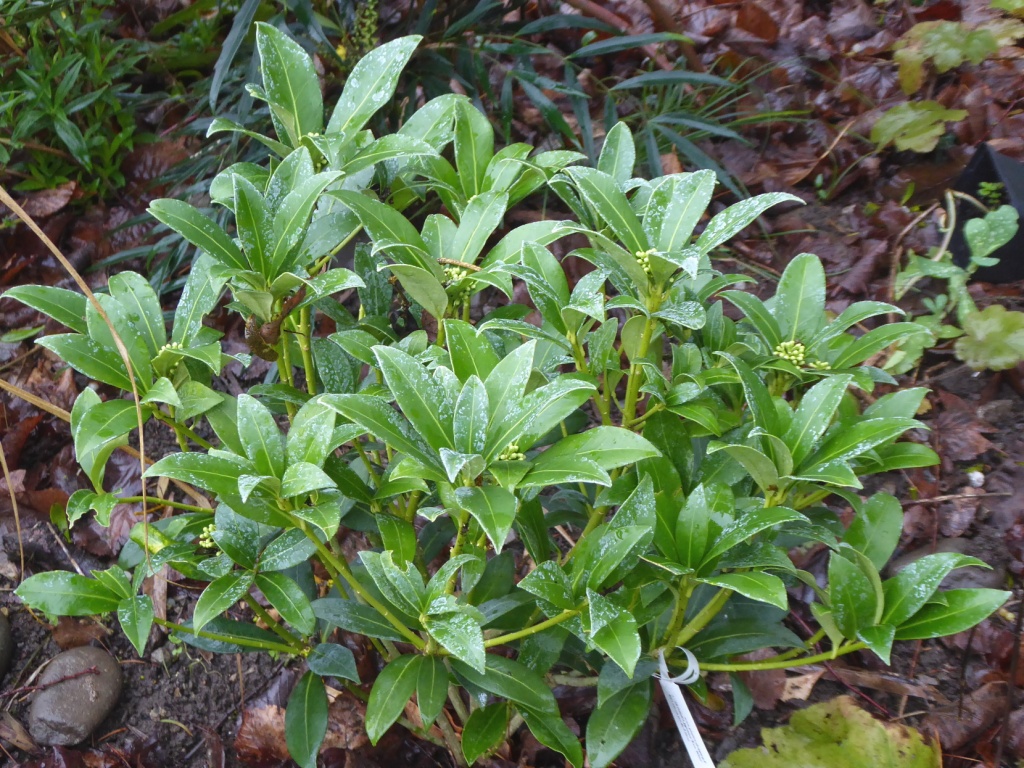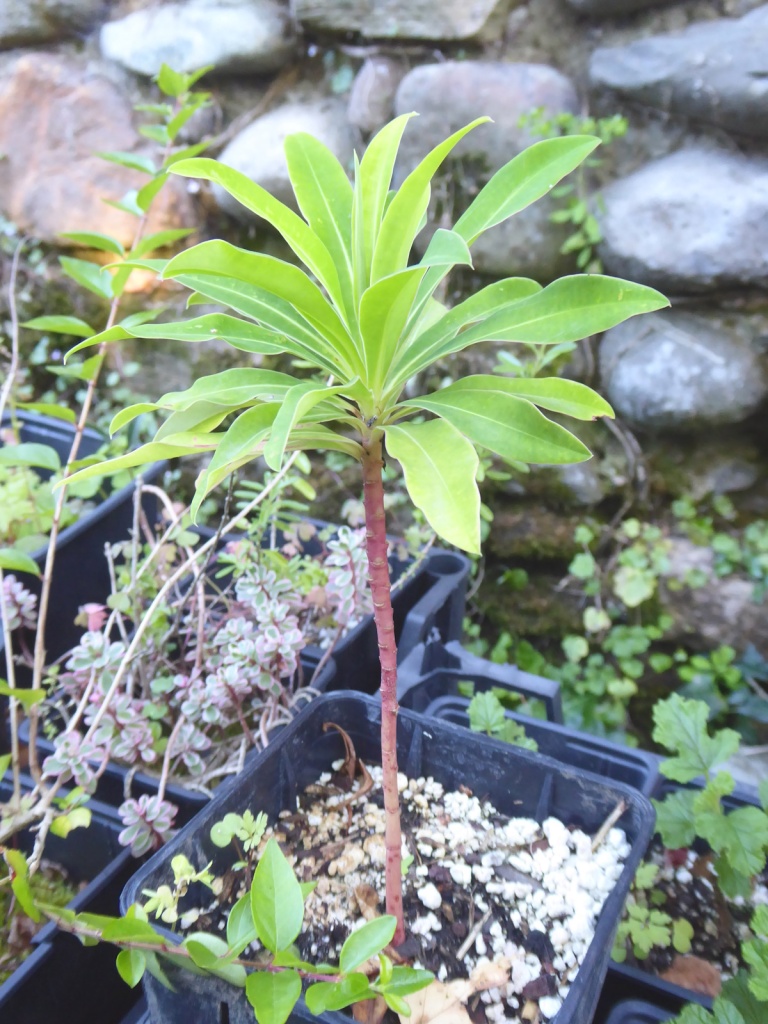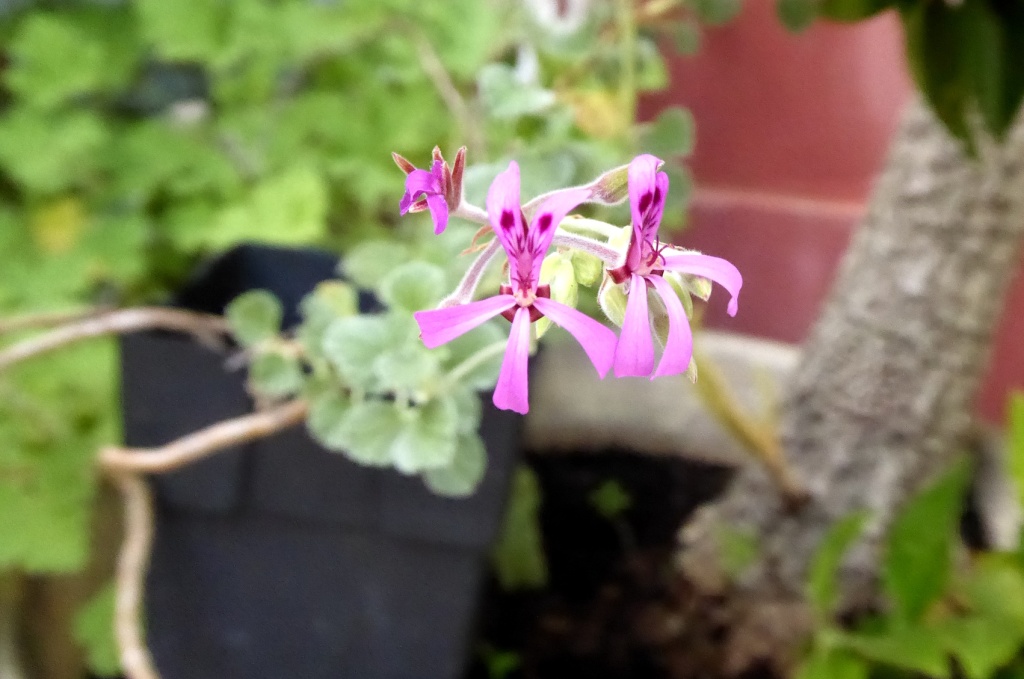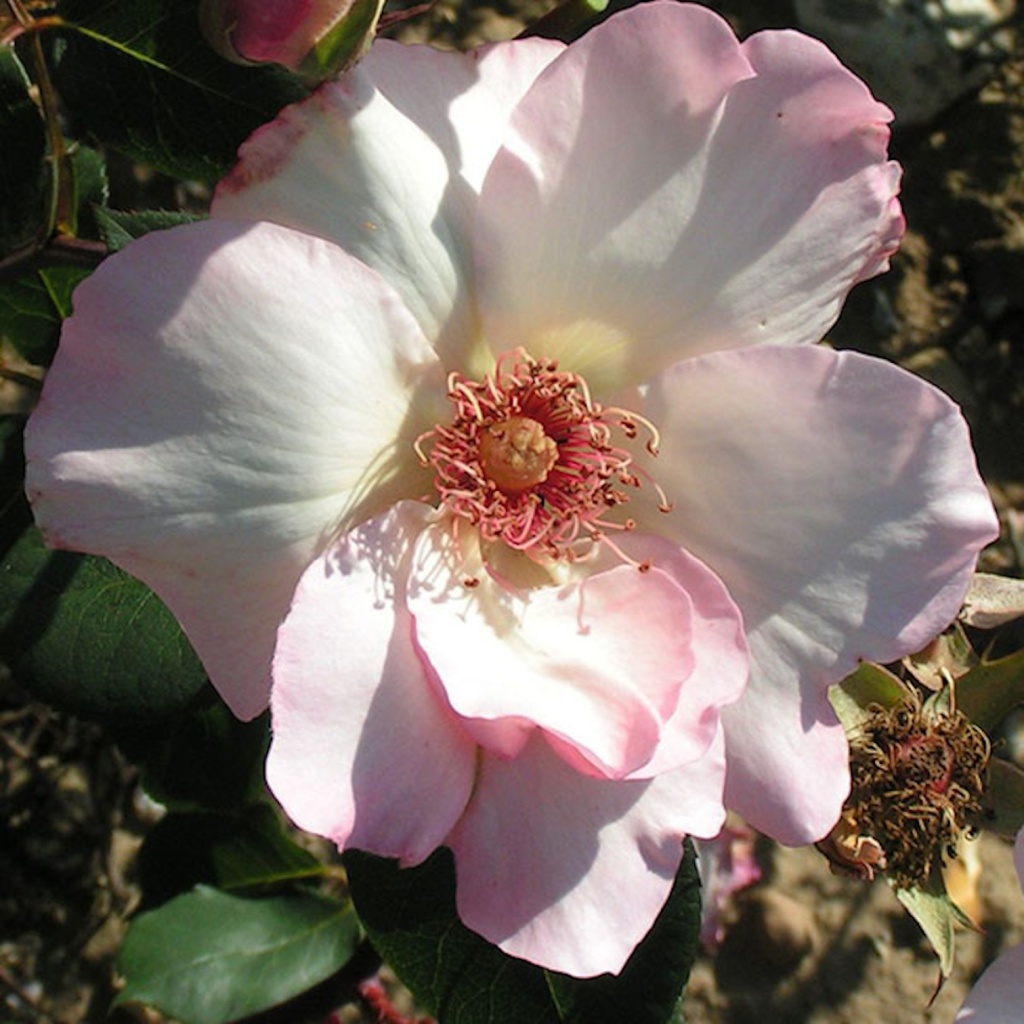
I am delighted to tell you that I have finally, after hours of internet searching, found a nursery, Pepiniere Roses Loubert here in France, which stocks, in bare-root, Rosa ‘Ellen Wilmott’. I spent hours looking but I could have found it straightaway on the helpful back tabs of the rose history website, www.helpmefind.com.
Silly me. So this is typical plant-nut behaviour. I get interested in something, a plant or a person, and then I go on the hunt- and invariably, this all ends with a plant purchase. So, here is a short synopsis of the story. I wrote a blog post about Ellen Wilmott (1858-1934) in 2017. I was really struck by her life and reputation, which at the time, seemed to me to be a case of the largely male horticultural world branding a clever woman as mad and reckless. Gertrude Jekyll, her contemporary, on the other hand, regarded Ellen as ‘the greatest of living women gardeners’. Enough said. I rest my case with Miss Jekyll.
Last year’s new book on Ellen Willmott, has expanded the story. Finding Ellen’s letters and papers, Sandra Lawrence has been able to correct, very probably, much of the tone of the discussion about Ellen. Ellen suffered a terrible personal tragedy when the love of her life, Gian Tuffnell, walked away from her to marry an elderly Lord George Mount Stephen. This break-up coincided with the award ceremony for Ellen’s receipt of the prestigious RHS Victoria Medal in 1897- and in her distress, Ellen ran away to France, never attending the ceremony. This was a public shock that she would never recover from, though, of course, the real reason for her disappearance was never known. For more about the discovery of this story follow this link.
So back to the rose. Three roses were bred to celebrate Ellen. The first was bred by Bernaix in 1898, a Hybrid tea and the second, in 1917, was another tea rose, ‘Miss Wilmott’ by Sam McGredy. The third, ‘Ellen Willmott’ was bred by William Archer and Daughter in 1936, two years after Ellen’s death.
Stop a moment. Yes, William Archer’s nursery business was called ‘William Archer and Daughter’. What a surprise. In the 1920s, Muriel Archer and her dad, William, were jointly in business together and they recognised this by trading as ‘William Archer and Daughter’.
Both the connection to Ellen herself, and the redoubtable Muriel Archer and her Dad, were far too intriguing to me as a plant-nut….and then I saw the rose, see top picture. Open, generous, single therefore good for pollinators, shell pink tint to a creamy colouring, and then those dark pink eyelash stamens. Oh my. Bred by crossing Rosa ‘Dainty Bess’ and ‘Lady Hillingdon’, it has great parentage and such a good back story.
And oddly enough, only 6 months ago I had bought a Rosa ‘Dainty Bess’. Also bred by the Archer team, and named for Muriel’s mum, Elizabeth, it became a very hot seller and remain so to this day. You can see the parental influences if you compare both photographs. Thank you, to Trevor White, for the excellent photographs. I would have bought both roses from Trevor White were it not now impossible to export to France, thanks Brexit.
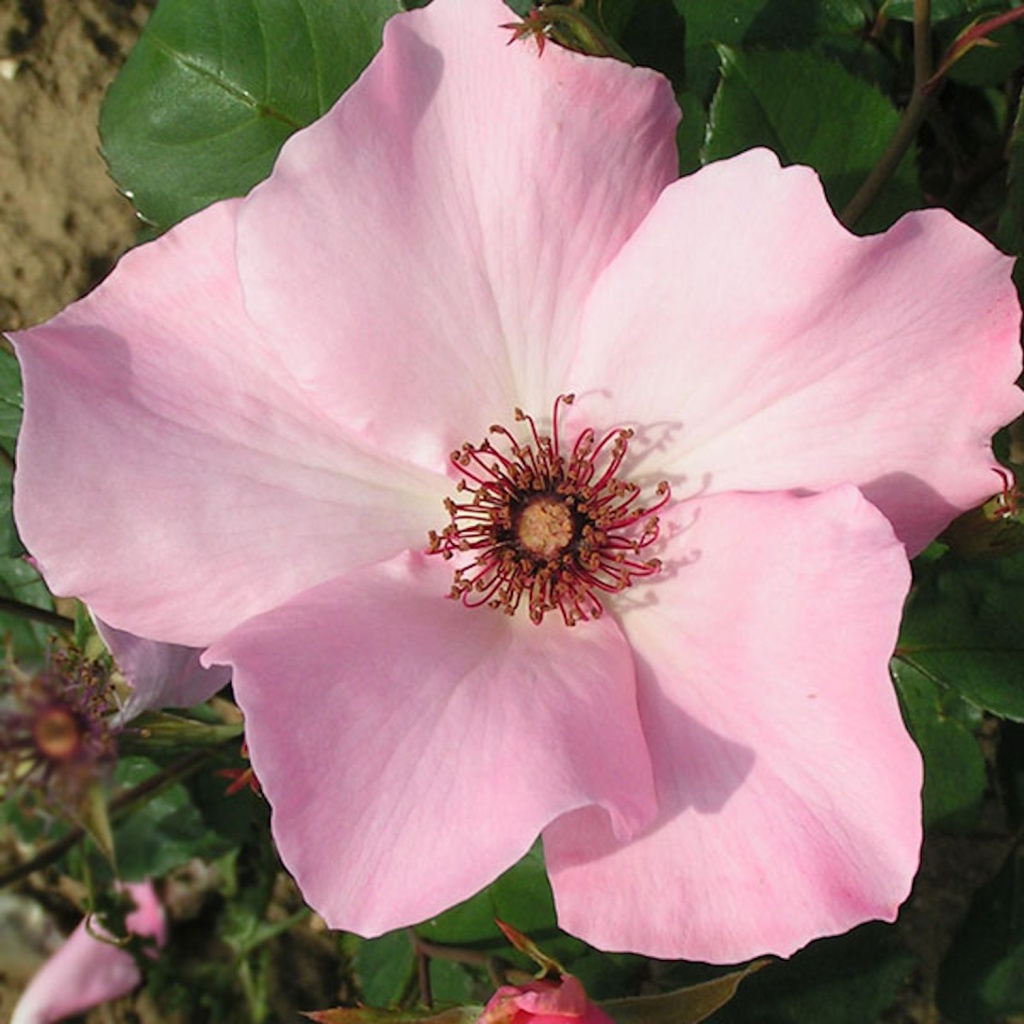
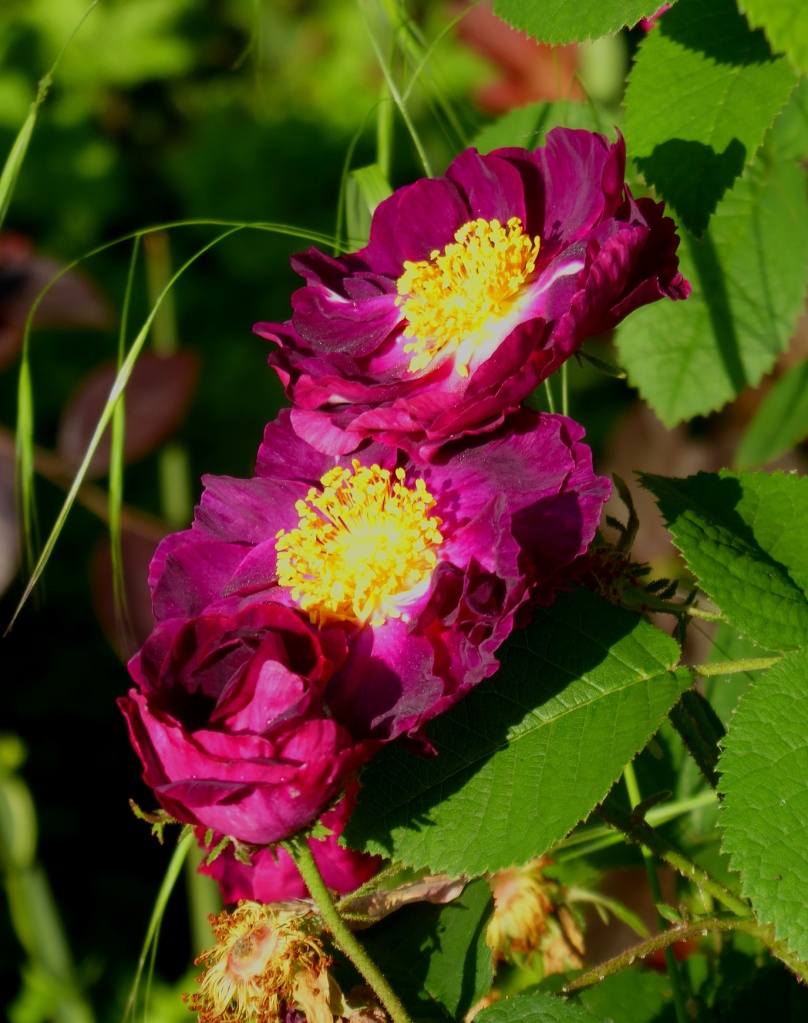
So both roses will be planted in the Barn Garden against the stone wall, and they will be accompanied by Rosa ‘La Belle Sultane’ a cutting from the parent plant across the way. ’La Belle Sultane’ is an earlier rose from the end of the eighteenth century, possibly bred in the Netherlands, but will create a darker pink mood alongside ‘Ellen’ and ‘Bess’. I’m going to underplant them with Indigofera kirolowii, some other as yet undecided bits and bobs, and weave in a bit of Pennisetum for a bit of waftiness. It’ll be my ‘Archer Daughter’ corner.
Many thanks to, and for further information on ‘William Archer and Daughter’ please see:
‘Singularly Beautiful Single Roses’ in Fall 2010 Deep South District of the American Rose Society edited by Stephen Hoy
